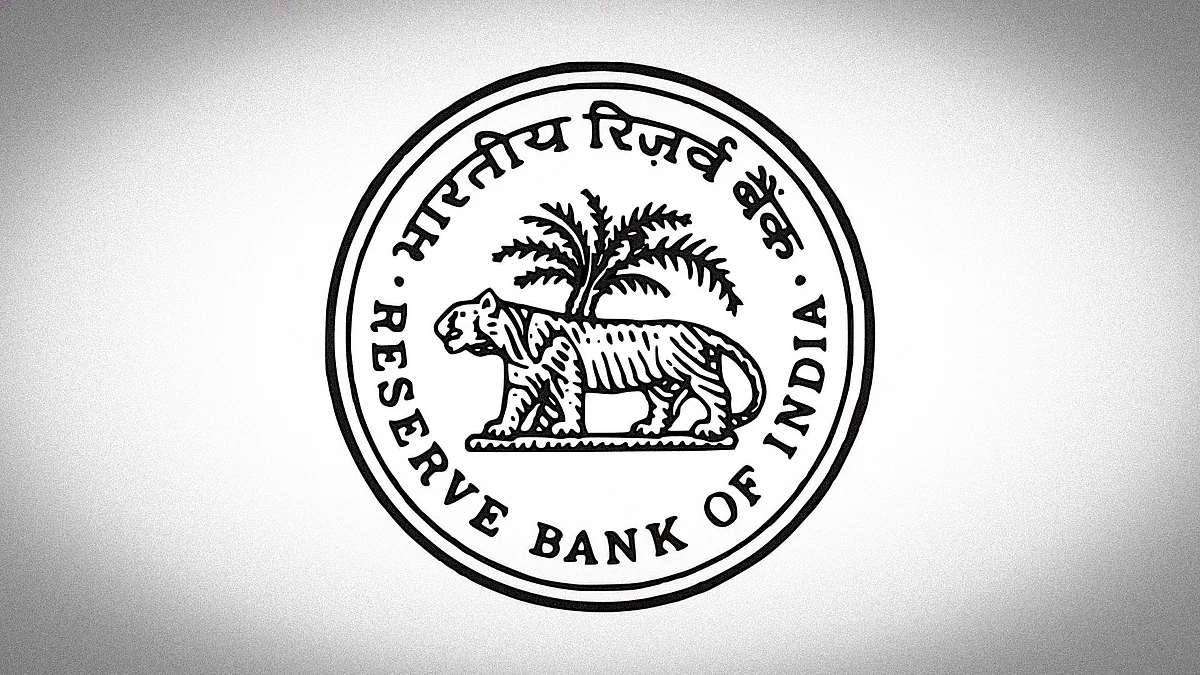As RBI frontloaded sharp 50 bps rate cut, MPC member Bhattacharya dissented, urged caution; here's why
The RBI's Monetary Policy Committee, led by Sanjay Malhotra, opted for a significant 50 bps repo rate cut, but member Saugata Bhattacharya dissented, advocating for a cautious 25 bps reduction due to prevailing uncertainties.

The Sanjay Malhotra-led Monetary Policy Committee (MPC) of the Reserve Bank of India (RBI) voted to cut the policy repo rate by a sharp 50 basis points, which amounts to 5.50%, during its June 4-6, 2025 meeting. However, one member, Saugata Bhattacharya, favoured a more cautious 25 bps cut instead.
"Dr. Nagesh Kumar, Prof. Ram Singh, Dr. Rajiv Ranjan, Dr. Poonam Gupta and Shri Sanjay Malhotra voted to decrease the policy repo rate by 50 bps. Shri Saugata Bhattacharya voted for a 25 bps cut in repo rate," the RBI said in the minutes of the MPC meeting released today.
In his rationale behind a lower but cautious rate cut, Bhattacharya, who's an economist and an external member, stated that the RBI's MPC statement had phrases like “uncertain” and “volatility” around 6 times.
"This continuing elevated uncertainty remains, to my mind, the primary reason to exercise caution in pacing monetary policy easing. Hence, there is little to add to the essence of my statement in the minutes of the last April ’25 meeting," stated Bhattacharya.
Under the prevailing uncertainties, he said a "measured and cautious" progress in policy easing is more appropriate. "I vote to cut the policy repo rate by 25 basis points to 5.75%. I concur with the view to change the stance from accommodative to neutral."
Recommended Stories
Bhattacharya had pointed out during the meeting that given the growth performance of the Indian economy in Q4 FY25 and the full FY25, as well as incoming high-frequency indicators, the current growth impulses continue to exhibit economic resilience despite the prevailing uncertainty stemming from external developments.
"Moreover, the experience of the periodic FY24 GDP data revisions also supports a calibrated policy easing path," he stated.
On the demand side, the effects of the well-thought-out income tax rate cuts, as well as other price and income support measures, are yet to be seen.
On the inflation front, he said, even though inflation is falling and gives the RBI more room to cut it further, it must be considered that past rate cuts are now starting to work finally. "While the near- and longer-term forecast of inflation offers more space for easing, I also recognise that the transmission of the policy rate cuts into bank lending (and some deposits) rates did accelerate post March ’25 and is expected to proceed apace."
The current headline inflation print for April 2025 was below the target of 4%, and the CPI inflation has fallen to a nearly 6-year low of 3.2% year-on-year in April 2025, primarily due to a sharper-than-usual seasonal fall in vegetable prices. For FY26, the RBI’s forecast suggests a headline inflation print at 3.7%, comfortably below the target.
Elaborating on why the monetary transmission is improving, Bhattacharya also attributed a big part of it to the RBI’s liquidity measures.
"RBI’s liquidity infusion and other measures have played a key role in this process, partly via lower money market and short-term interest rates, reducing the overall banks’ cost of funds. RBI data suggests that Rs 9.5 lakh crores of durable liquidity was injected into the banking system since January ’25," he said.
He said also that the RBI’s assurance of continuing large durable liquidity support is likely to have a more dominant effect on further transmission compared to a deep cut in the repo rate.
Fortune India is now on WhatsApp! Get the latest updates from the world of business and economy delivered straight to your phone. Subscribe now.